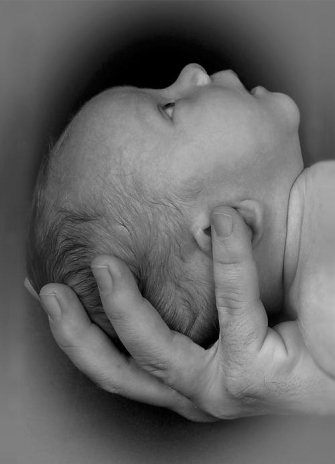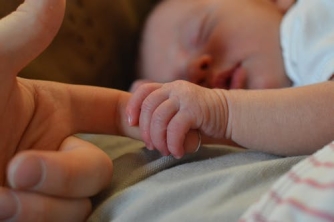Osteopathy
Osteopathy is a primary health care system, complementary to other medical practices. It is suitable for almost anyone and can contribute to the treatment and management of a wide range of conditions. Osteopaths primarily work through the neuro-musculo-skeletal system, mostly on muscles and joints, using holistic and patient centred approaches.
A core principle behind osteopathy is the idea that the body is an integrated and indivisible whole, and contains self-healing mechanisms that can be utilised as part of the treatment. No part of the body works, or can be considered, in isolation.
Osteopathy is a 'hands-on' therapy where the practitioner uses their hands to improve muscle tone, stretch stiff joints, and realign the body of the patient. In doing so the circulation and nerve supply are improved, which in turn improves the ability of the body to repair itself, and helps the patient to a better state of health.
Usually exercises will be given so that the patient can maintain this improved mobility for themselves, and not be dependent on treatment to stay healthy.
Conditions Helped by Osteopathy
- Joint Injuries
- Muscle Damage
- Back Pain
- Neck Pain
- Sports Injuries
- Sciatica
- Asthma

CranioSacral Therapy - CST
CST was pioneered and developed by osteopathic physician John E. Upledger following extensive scientific studies from 1975 to 1983 at Michigan State University, where he served as a clinical researcher and Professor of Biomechanics.
CST is a gentle, 'hands-on' method of evaluating and enhancing the functioning of a physiological body system called the craniosacral system - comprised of the membranes and cerebrospinal fluid that surround and protect the brain and spinal cord, and which extend to every part of the body.
Using a soft touch, generally no greater than 5 grams, or about the weight of a 5p coin, practitioners release restrictions in the craniosacral system to improve the functioning of the nervous system and with it the health of the internal organs.
By complementing the body's natural healing processes, CST is increasingly used as a preventive health measure for its ability to bolster resistance to disease, and has been reported to be effective for a wide range of medical problems associated with pain and dysfunction, including:
- Migraine and other Headaches
- Chronic and Acute Neck and Back Pain
- SPD (Symphysis Pubis Dysfunction), also known as PPGP (Pregnancy-related Pelvic Girdle Pain)
- Brachycephaly, also known as flat head syndrome
- Plagiocephaly
- Colic
- Autism
- Central Nervous System Disorders
- Orthopaedic Problems
- Traumatic Brain and Spinal Cord Injuries
- Scoliosis
- Infantile Disorders
- Learning Disabilities
- Chronic Fatigue
- Emotional Difficulties
- Stress and Tension-Related Problems
- Fibromyalgia and other Connective-Tissue Disorders
- Temporomandibular Joint Syndrome (TMJ)
- Neurovascular or Immune Disorders
- Post-Traumatic Stress Disorder
- Motor-Coordination Impairments
- Post-Surgical Dysfunction
Somato-Emotional Release - SER

SomatoEmotional Release (SER) is the expression of emotion that, for reasons deemed appropriate by some part of a person's nonconscious, has been retained, suppressed and isolated within the soma. (Soma is the Greek word for "body")
Research shows that the body retains the imprint of physical forces from accidents, injuries and emotional shock. Those dysfunctional areas are frequently isolated in what are sometimes referred to as 'energy cysts'. In SomatoEmotional Release manual and verbal processing skills are used to help release those destructive patterns from the mind and body.
SER is a therapeutic process that uses and expands on the principles of CranioSacral Therapy to help rid the mind and body of the residual effects of trauma. SER provides techniques that enhance the effects of CST and other complementary therapies. The SomatoEmotional Release process requires extreme sensitivity on the part of the therapist and a positive attitude and trust from the patient.
Therapeutic Imagery and Dialogue TID
Therapeutic Imagery And Dialogue (TID) helps you access your "Inner Physician" by using the cranial rhythm, the soft touch of CST and interweaving concepts of Jung, Perls and Assagioli. With this method you are guided by imagery as it is presented to you.
Used in conjunction with CST, it is a great technique for getting in touch with what is happening deep inside of your body and mind, and yet very safe because at all times you are in charge of the process.





